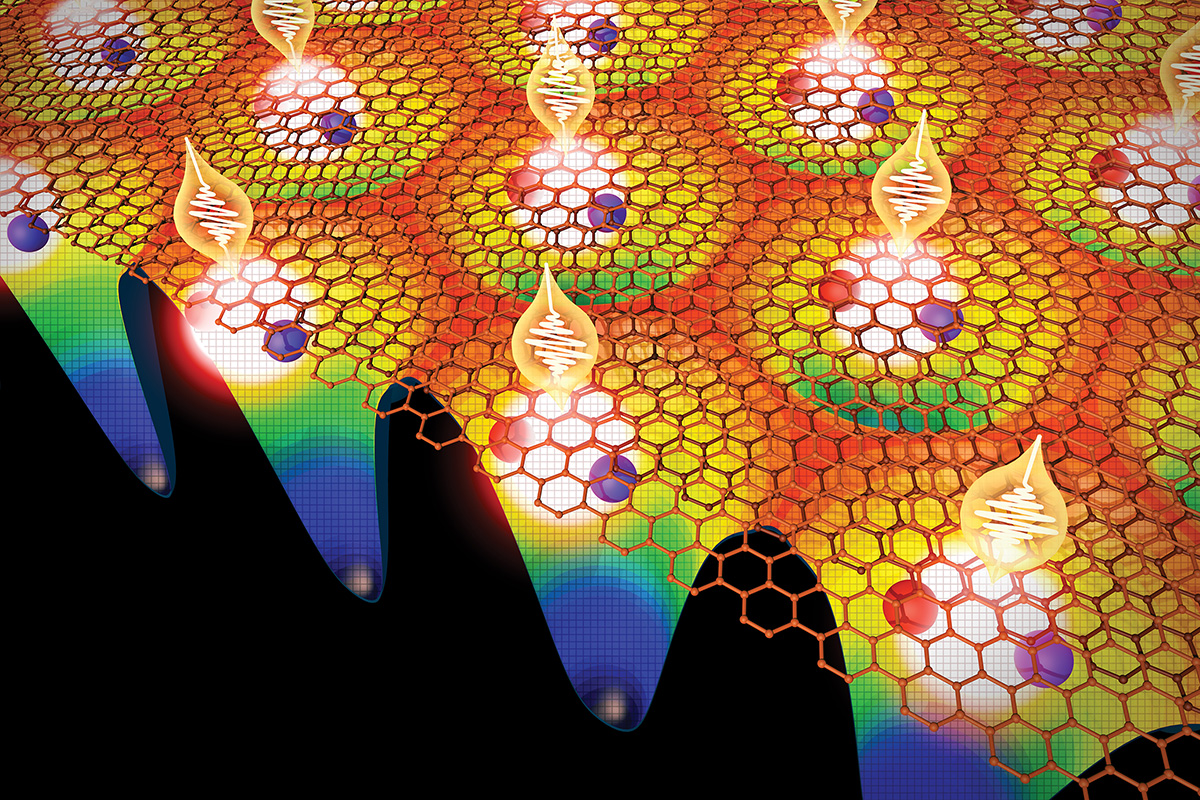When Sperm Meets Egg, Zinc 'Fireworks' on Display
The University of Texas at Austin's Emily Que, an assistant professor of chemistry, was lead author on a new study that describes the cutting-edge technology a research team used to become the first to capture images of these molecular fireworks and to pinpoint the origin of the zinc sparks.
Sparks literally fly when a sperm and an egg hit it off. Chemists helped detect how the fertilized mammalian egg releases from its surface billions of zinc atoms in "zinc sparks," one wave after another.
The University of Texas at Austin's Emily Que, an assistant professor of chemistry, was lead author on a new study that describes the cutting-edge technology a research team used to become the first to capture images of these molecular fireworks and to pinpoint the origin of the zinc sparks: tiny zinc-rich packages just below the egg's surface. The beautiful display, captured on video, has garnered widespread attention online this week, with sites such as BuzzFeed and the Huffington Post weighing in on how sparks really do fly when egg and sperm hook up.
The study, which took place at Northwestern University where Que was a post-doctoral researcher, also involved experts from the U.S. Department of Energy's Advanced Photon Source (APS). The research was published this week by the journal Nature Chemistry in a paper that describes how the researchers used sensitive imaging methods to see and count individual zinc atoms in egg cells and visualize zinc spark waves in three dimensions. Corresponding authors were obstetrics and gynecology expert Teresa Woodruff and chemist Thomas V. O'Halloran, both of Northwestern.
After inventing a novel vital fluorescent sensor for live-cell zinc tracking, scientists discovered that, at the point of fertilization, an egg releases thousands of packages that each dump roughly a million zinc atoms, followed by several more bursts of zinc release that spark like fireworks. The study establishes how eggs compartmentalize and distribute zinc to control the developmental processes that allow the egg to become a healthy embryo.
Zinc is part of a master switch that controls the decision to grow and change into a completely new genetic organism, making the new finding about how it works significant for medical purposes such as needing to identify healthy embryos in in vitro fertilization (IVF). Embryo weakness is one of the leading causes for implantation failure in IVF, a procedure that now results in implantation and later healthy delivery of a child only about 1 out of every 4 times. Because the procedure is both expensive and often heart-wrenching for would-be parents, improving IVF would be a crucial breakthrough for families struggling with fertility.
The National Institute of General Medical Sciences, the National Institute of Child Health and Human Development and the W.M. Keck Foundation supported the research described in the paper, "Quantitative mapping of zinc fluxes in the mammalian egg reveals the origin of fertilization-induced zinc sparks." Other authors besides Que, Woodruff and O'Halloran were engineer Vinayak P. Dravid and physicist Stefan Vogt, and Reiner Bleher, Francesca E. Duncan, Betty Y. Kong, Seth A. Garwin and Amanda R. Bayer, of Northwestern; and Sophie C. Gleber and Si Chen, of Argonne National Laboratory.
This post was adapted from a Northwestern University press release.



